Successful reduction of the chemical manufacturing industry’s environmental impact relies on finding a greener way to make the chemical building blocks for common and massively consumed compounds.
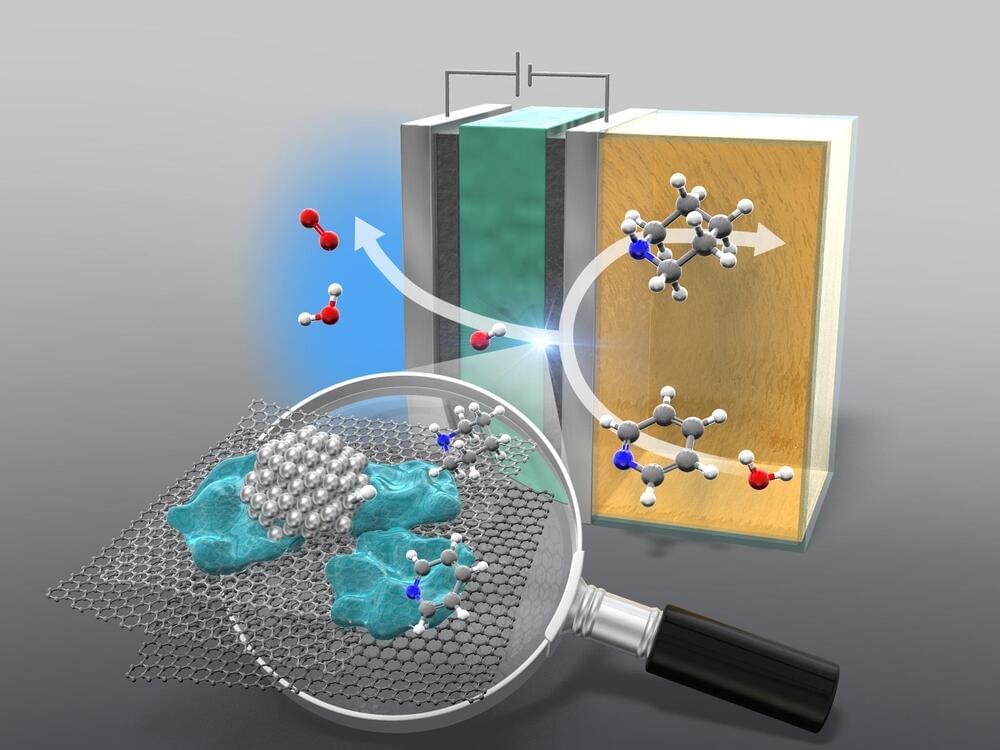

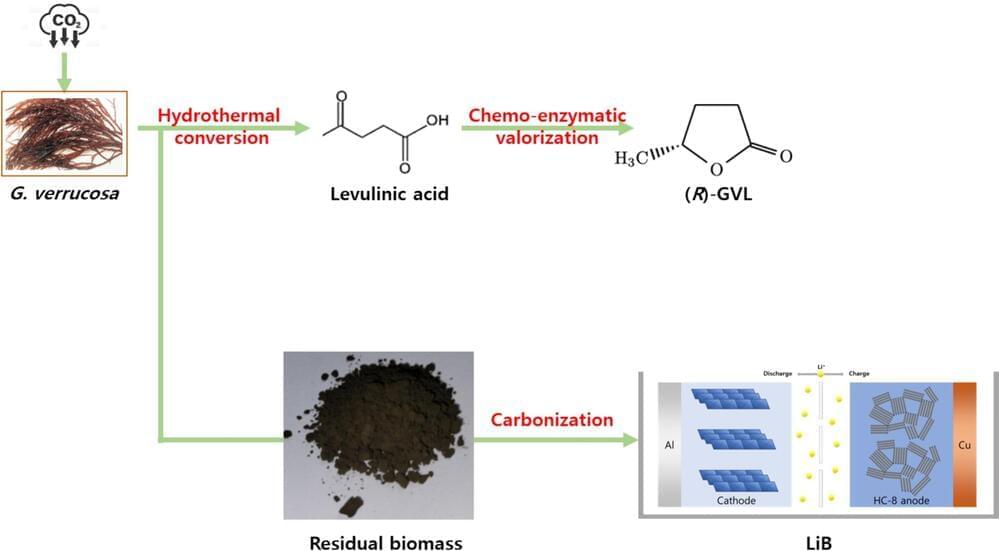
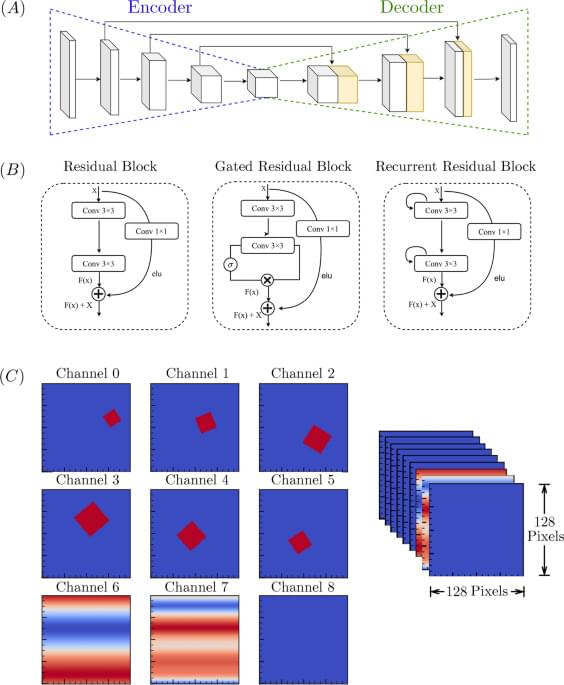
While machine learning methods can be used for accurate flow prediction in complex environments, such as for urban structures30 or turbulent fields31, generalizing these approaches to domains of arbitrary size and complexity remains a challenging problem. One reason is that flows near and around obstacles depend on factors associated with the fluid (i.e., Reynolds number) or domain (i.e., boundary conditions), and fixing either of these conditions puts bounds on the validity of the estimated fields. Thus, if we seek broad applicability, then we should seek the fewest set of model restrictions that together provide the most accurate flow predictions. To this end, our approach has been to deconstruct certain types of domains into individual obstacles that each maintain some level of geometrical similarity, so that a single neural network model can be used to predict flows near all structural boundaries of the domain. Flows between these structural surfaces, at a scale on the order of the obstacle diameter, are predicted using a second neural network model in series with the first. Together, this serial-modeling approach allows for rapid prediction of flows in domains that can be represented by a disjoint set of structural elements. This type of domain is common, for example, in urban and periurban areas, wherein buildings conform to a common structural motif that affects ground-level velocity fields.
Another relevant length scale is the grid size used to digitize individual domains for read-in by the model. Thus, we investigated how flow patterns can be affected when this input resolution is varied. Although our choice of grid size is somewhat arbitrary, it is dense enough to capture variation in the relevant velocity fields near individual obstacles, but not so dense that producing a large enough cohort of CFD-generated training datasets becomes computationally intractable.
Our approach can also be trained to predict flows with a variable inlet velocity, which, in the case of urban wind flow prediction, permits model parameterization in terms of current meteorological conditions. In the specific case of aerial dispersion of chemicals throughout an urban environment, our predicted flows are considered as the advective field of a drift-diffusion model of molecular dispersion. This advection field plays a central role because concentration fluctuations decorrelate in relationship with the velocity fluctuations of the advection field, and spatial heterogeneity in the flow patterns is determined by the sequence of obstacles in the flow path.
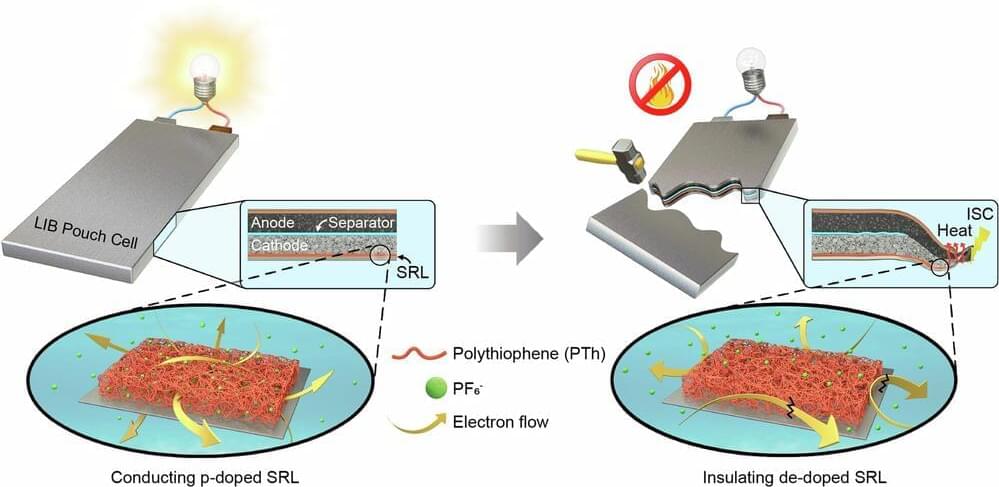
A team of engineers and materials scientists at LG Chem, Korea’s largest chemical company, has developed a material that they claim could greatly reduce the risk of thermal runaway and resulting fires in batteries. In their paper published in the journal Nature Communications, the group describes how they developed the material and how well it has worked during testing.
Over the past several years, consumers have witnessed or have heard about batteries in smartphones or cars catching on fire. These fires, it has been found, result from thermal runaway, which is where the anode and cathode inside a battery come too close together, or worse, actually touch.
The result is a short, which generates heat, and results soon thereafter in a fire. In this new effort, the team at LG has developed a thin material that, when placed between the cathode and collector, prevents thermal runaway.
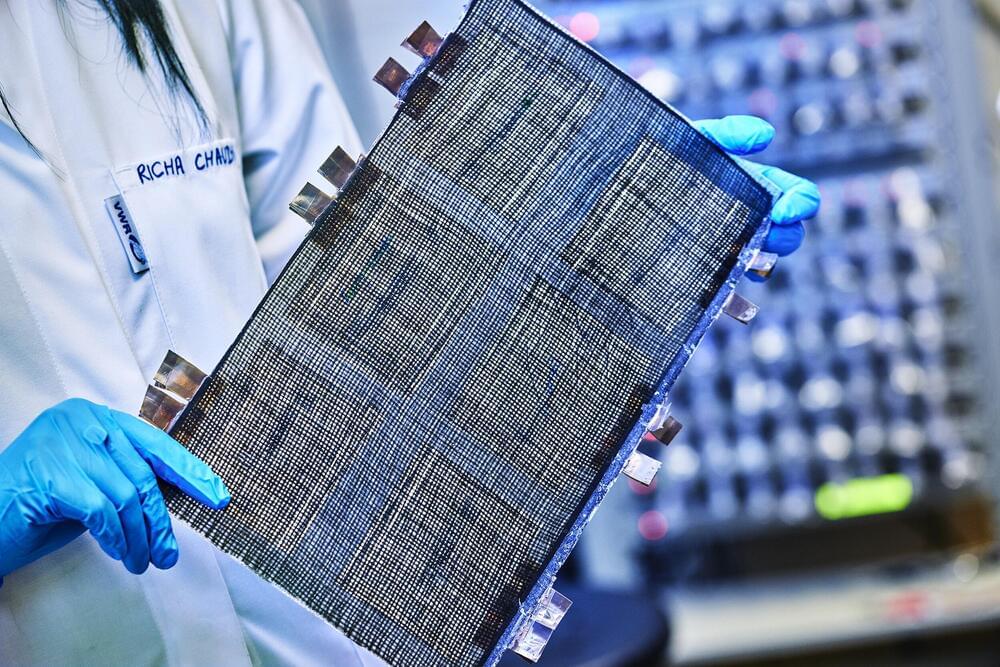
When cars, planes, ships or computers are built from a material that functions as both a battery and a load-bearing structure, the weight and energy consumption are radically reduced. A research group at Chalmers University of Technology in Sweden is now presenting a world-leading advance in so-called massless energy storage — a structural battery that could halve the weight of a laptop, make the mobile phone as thin as a credit card or increase the driving range of an electric car by up to 70% on a single charge.
“We have succeeded in creating a battery made of carbon fiber composite that is as stiff as aluminum and energy-dense enough to be used commercially. Just like a human skeleton, the battery has several functions at the same time,” says Chalmers researcher Richa Chaudhary, who is the first author of an article recently published in Advanced Materials.
Research on structural batteries has been going on for many years at Chalmers, and in some stages also together with researchers at the KTH Royal Institute of Technology in Stockholm, Sweden. When Professor Leif Asp and colleagues published their first results in 2018 on how stiff, strong carbon fibers could store electrical energy chemically, the advance attracted massive attention.

In most vertebrates, a pattern of chemical marks on the genome is a reliable indicator of age, but in axolotls this clock seems to stop after the first four years of life.

A breakthrough study has validated the existence of a stable single-electron covalent bond between two carbon atoms, supporting Linus Pauling’s early 20th-century theory and opening avenues for chemical research.
Covalent bonds, in which two atoms share a pair of electrons, form the foundation of most organic compounds. In 1931, the Nobel Laureate Linus Pauling suggested that covalent bonds made from just a single, unpaired electron could exist, but these single-electron bonds would likely be much weaker than a standard covalent bond involving a pair of electrons.
Since then, single-electron bonds have been observed, but never in carbon or hydrogen. The search for one-electron bonds shared between carbon atoms has stymied scientists.

Imagine being able to create incredibly tiny structures with the same ease and sustainability as printing on paper.
This is the frontier of microfabrication—the process of making microscopic structures that are crucial for the operation of everything from computer chips to medical devices.
…
New, more sustainable process uses water instead of harmful chemicals.
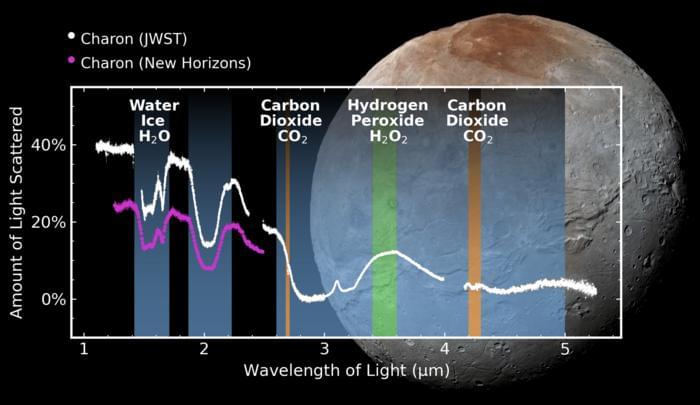
What secrets can Pluto’s moon, Charon, reveal about the formation and evolution of planetary bodies throughout the solar system? This is what a recent study published in Nature Communications hopes to address as an international team of researchers led by the Southwest Research Institute (SwRI) used NASA’s James Webb Space Telescope (JWST) to conduct the first-time detection of hydrogen peroxide and carbon dioxide on Charon’s surface, which adds further intrigue to this mysterious moon, along with complementing previous discoveries of water ice, ammonia-bearing species, and organic materials, the last of which scientists hypothesize could explain Charon’s gray and red surface colors.
“The advanced observational capabilities of Webb enabled our team to explore the light scattered from Charon’s surface at longer wavelengths than what was previously possible, expanding our understanding of the complexity of this fascinating object,” said Dr. Ian Wong, who is a staff scientist at the Space Telescope Science Institute and a co-author on the study.
Detecting hydrogen peroxide is significant since it forms from the broken-up oxygen and hydrogen atoms after water ice is exposed to cosmic rays, solar wind, or solar ultraviolet light. This indicates that the Sun’s activity influences surface processes so far away, with Charon being approximately 3.7 billion miles from the Sun. The researchers determined that Charon’s carbon dioxide serves as a light coating on Charon’s water-ice heavy surface. While the surface of Charon was studied in-depth from NASA’s New Horizons mission in 2015, these new findings provide greater understanding of the physics-based processes responsible for Charon’s unique surface features.
As President, Jimmy Carter established several science-related initiatives and policies.
Carter also sought to promote scientific research and development in a number of areas. He increased funding for basic science research in fields such as physics and chemistry, and established the National Commission on Excellence in Education to promote improvements in science and math education in American schools.
On top of that, Carter sought to address environmental issues through science policy. He established the Superfund program, which was created to clean up hazardous waste sites, and signed the Alaska National Interest Lands Conservation Act, which protected millions of acres of land in Alaska.
Carter’s science policy emphasized the importance of science and technology in addressing pressing issues such as energy, the environment, and education.